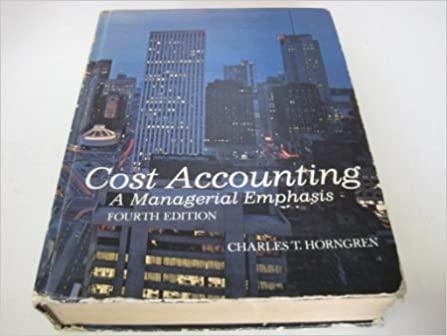
Prove by natural deduction by the following rules only.

(x)g-XA- (x) g-XA- + (x)gXE The rules available in the calculus are the following: . . AI , which allows you to deduce (PAQ) from P and Q, AE , which allows you to deduce P and Q from ( PQ), VI , which allows you to deduce (P v Q) from P or Q, VE , which allows you to deduce R from (P v Q) and two branches, one deducing R from Pand another deducing R from Q; VE allows you to discharge assumptions of the form P and Q (note that carnap requires that both assumptions are given the same number if they are to be discharged together). ->I , which allows you to deduce (P Q) from a branch deducing Q from P; ->I allows you to discharge assumptions of the form P, ->E , which allows you to deduce Q from (P Q) and P, -I , which allows you to deduce - P from a branch deducing 1 from P; -I allows you to discharge assumptions of the from P, -E , which allows you to deduce 1 from P and P, X, which allows you to deduce P from 1, IP , which allows you to deduce P from a branch deducing 1 from -P, AE , which allows you to deduce P(a) (for any parameter a) from vx P(x), AI , which allows you to deduce vx P(x) from Pla) on the condition that a is a parameter which does not occur in P(x) or in any undischarged assumption on which P(a) depends, EI , which allows you to deduce ax P(x) from P(a) (where a can be any parameter), EE , which allows you to deduce R from ax P(x) and a branch deducing R from Pla) on the condition that a does not occur in R or in any undischarged assumption on which R depends other than P(a), which is discharged when applying EE. . . . (x)g-XA- (x) g-XA- + (x)gXE The rules available in the calculus are the following: . . AI , which allows you to deduce (PAQ) from P and Q, AE , which allows you to deduce P and Q from ( PQ), VI , which allows you to deduce (P v Q) from P or Q, VE , which allows you to deduce R from (P v Q) and two branches, one deducing R from Pand another deducing R from Q; VE allows you to discharge assumptions of the form P and Q (note that carnap requires that both assumptions are given the same number if they are to be discharged together). ->I , which allows you to deduce (P Q) from a branch deducing Q from P; ->I allows you to discharge assumptions of the form P, ->E , which allows you to deduce Q from (P Q) and P, -I , which allows you to deduce - P from a branch deducing 1 from P; -I allows you to discharge assumptions of the from P, -E , which allows you to deduce 1 from P and P, X, which allows you to deduce P from 1, IP , which allows you to deduce P from a branch deducing 1 from -P, AE , which allows you to deduce P(a) (for any parameter a) from vx P(x), AI , which allows you to deduce vx P(x) from Pla) on the condition that a is a parameter which does not occur in P(x) or in any undischarged assumption on which P(a) depends, EI , which allows you to deduce ax P(x) from P(a) (where a can be any parameter), EE , which allows you to deduce R from ax P(x) and a branch deducing R from Pla) on the condition that a does not occur in R or in any undischarged assumption on which R depends other than P(a), which is discharged when applying EE








